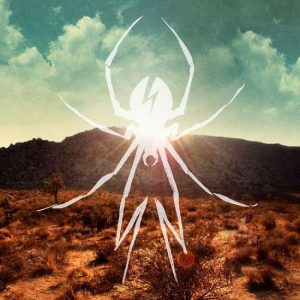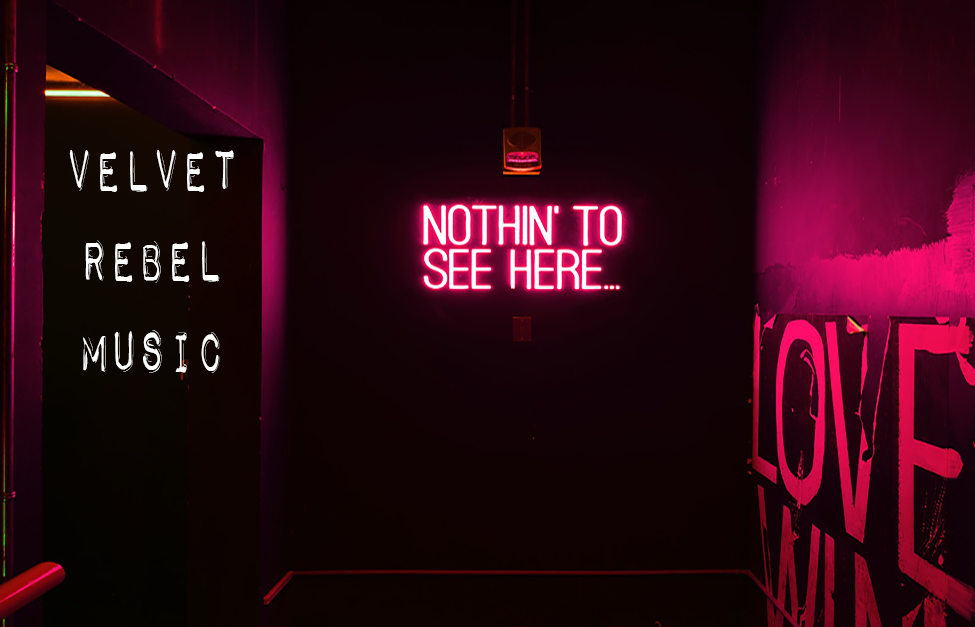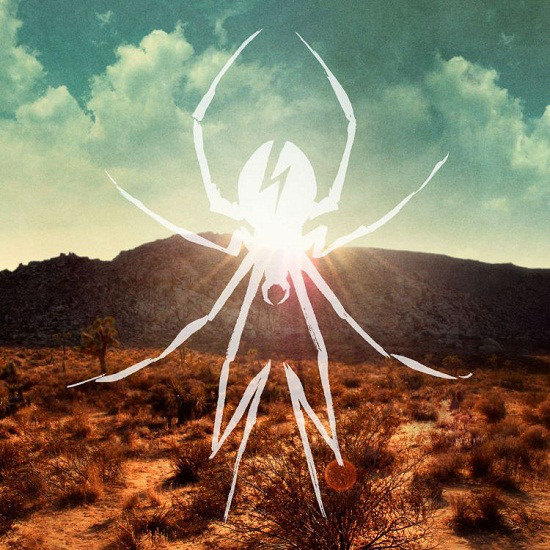 My Chemical Romance were a generation (or two) behind me so they didn’t register on my radar until someone slipped me a ripped CD of The Black Parade. The T. Rex riff of “Teenagers” won me over and I cautiously wandered into the shallow end of the emo-punk pool. The ridiculously wordy song titles of the genre were exhausting and I found myself retreating to The Black Parade. It was a genre built for teenagers and I was the older guy the employees tried to ignore at Hot Topic.
My Chemical Romance were a generation (or two) behind me so they didn’t register on my radar until someone slipped me a ripped CD of The Black Parade. The T. Rex riff of “Teenagers” won me over and I cautiously wandered into the shallow end of the emo-punk pool. The ridiculously wordy song titles of the genre were exhausting and I found myself retreating to The Black Parade. It was a genre built for teenagers and I was the older guy the employees tried to ignore at Hot Topic.
With 2010’s Danger Days: The True Lives of the Fabulous Killjoys, My Chemical Romance stopped trying to be the best emo-punk band in the world and became a kick-ass rock-n-roll band. Bursting with post-apocalyptic imagery and glam-rock color, My Chemical Romance created a modern day classic and then broke-up. It was an unexpected end to a band that seemed to be maturing into one of this century’s more formidable rock outfits. The Danger Days tour showcased a confident band, musically fit and ready to take on the world. And then it was over.
The album opens with Dr. Death Defy, a radio DJ, broadcasting out to the rebels resisting some sort of evil corporation that has taken over the world, or maybe just California. “Na Na Na (Na Na Na Na Na Na Na Na Na)” distracts us with a meaningless title while laying out the Killjoys motives. The narrative details aren’t exactly water tight but the concept is clear: resist authority, be different, and fight for your freedom. It’s the sort of pop-trash ethos that we have come to know and love in our rock-n-roll whether it’s David Bowie or Lady Gaga.
“Bulletproof Heart” takes the band even further from their strip mall emo roots, a straight ahead rocker with a stadium sized chorus that demands everyone within earshot to sing along. “SING” builds upon the momentum as the band raises the stakes and sheds the last of their black eyeliner. Gerard Way proves a far more versatile vocalist than one ever imagined and shifts from punk (“Party Poison”) to alt-rock (“The Only Hope For Me Is You”) with ease. Smashing Pumpkins should have reached this point twenty years earlier but Billy Corgan’s lack of humor made each promising album infinitely more grumpy than it should have been.
Buried on the second half of the album, My Chemical Romance fulfill their destiny on “Summertime”, the sort of road-trip sing-along song that beckons to you from an empty highway full of promises. The windows-down chorus showcases the band’s knack for great melodies which was always there, buried amongst the emo clutter. The song will be a classic rock staple in years to come; the “1979” (Smashing Pumpkins) for a new generation. The band’s evolution from 2002’s I Bought You My Bullets, You Brought Me Your Love feels complete after “Summertime”. The heart-on-your-sleeve passion remains but the band is a tightly wound rock-n-roll outfit capable of creating an album that plays out like a graphic novel.
What would have become of Pink Floyd had they stopped after The Dark Side of the Moon? That is the question I keep returning to with every listen of Danger Days. MCR melded the genre they perfected on The Black Parade into the larger tapestry that is rock-n-roll with Danger Days much like Floyd’s progressive/psychedelic wanderings found a larger rock-n-roll audience with DSOTM. Throughout Danger Days, nostalgia for a not-too-distant youth creeps into the narrative and the band’s determination to avoid the trappings of celebrity fuels their anger. Perhaps they saw it best to say goodbye before their earliest fans screamed “sell out” for daring to infuse so much color into the sound of My Chemical Romance. While a reunion tour seems inevitable for any band, I’m not sure MCR will fall into that trap. They gave us a modern day classic on Danger Days: The True Lives of the Fabulous Killjoys and decided to skip the encore everyone expected. Is there anything more rock-n-roll than that?

